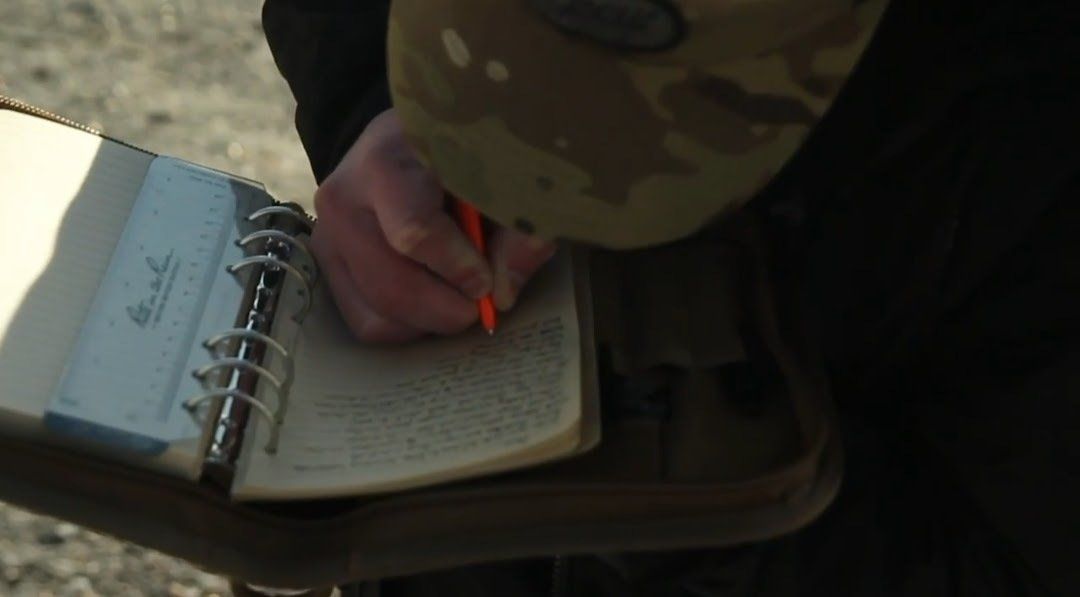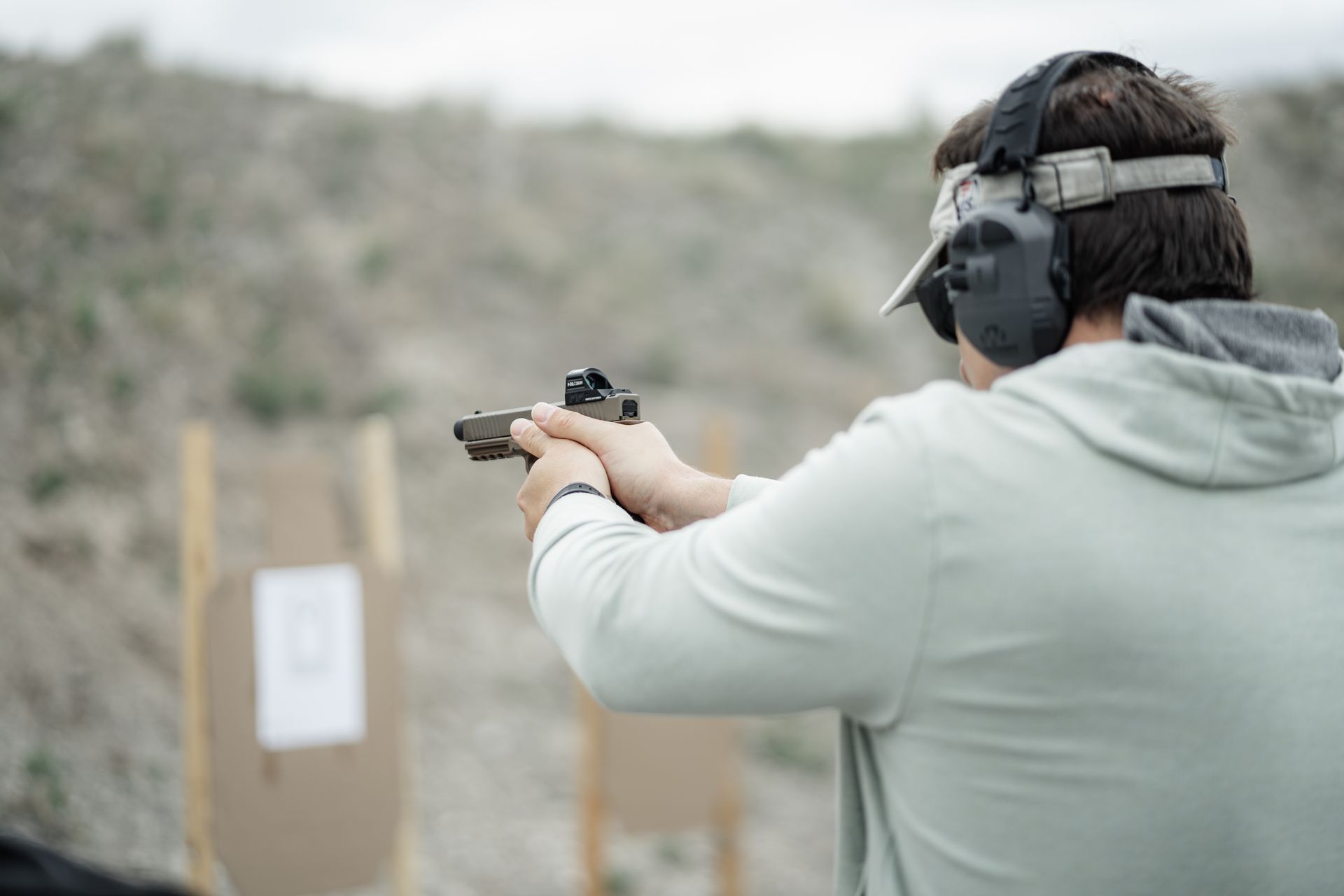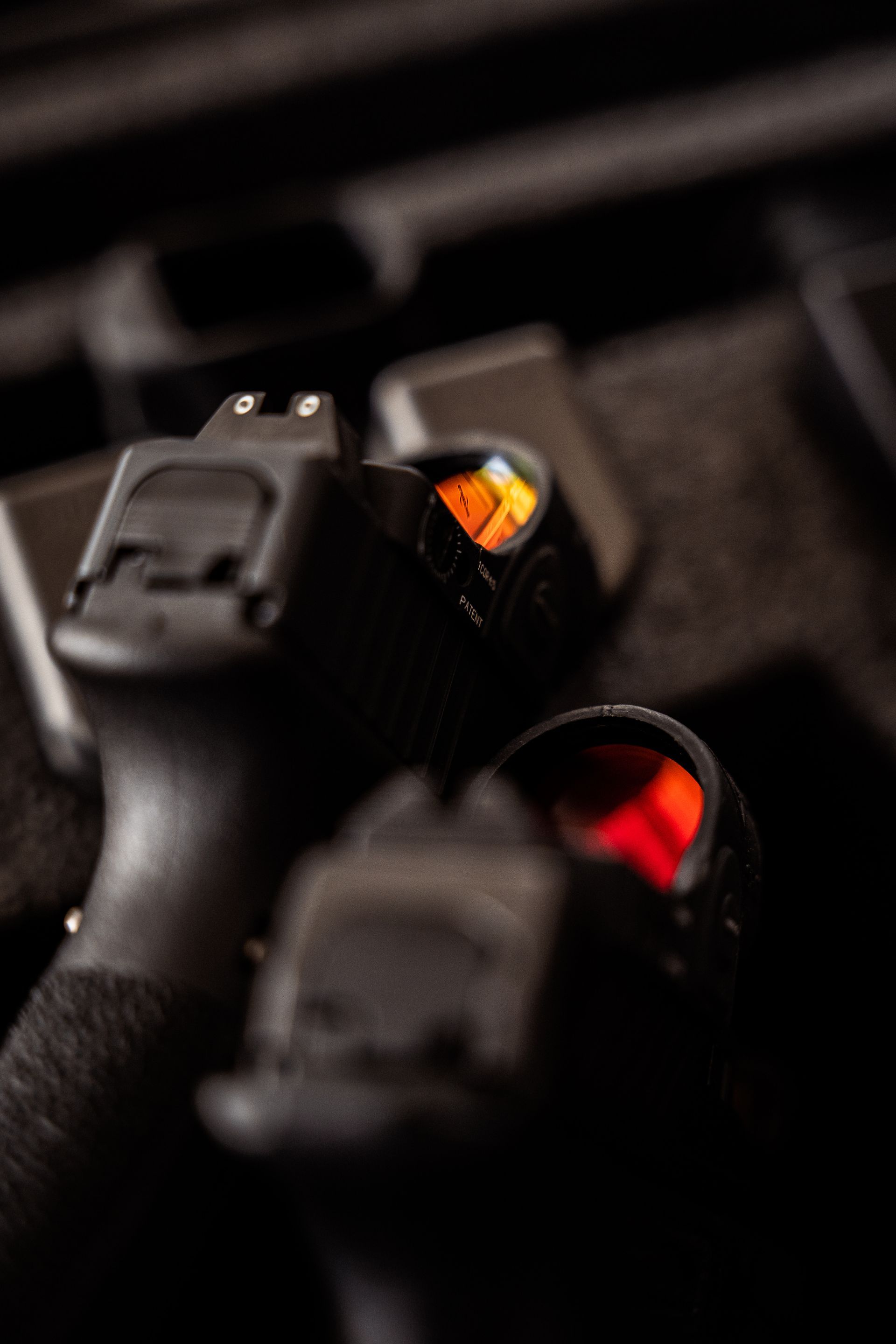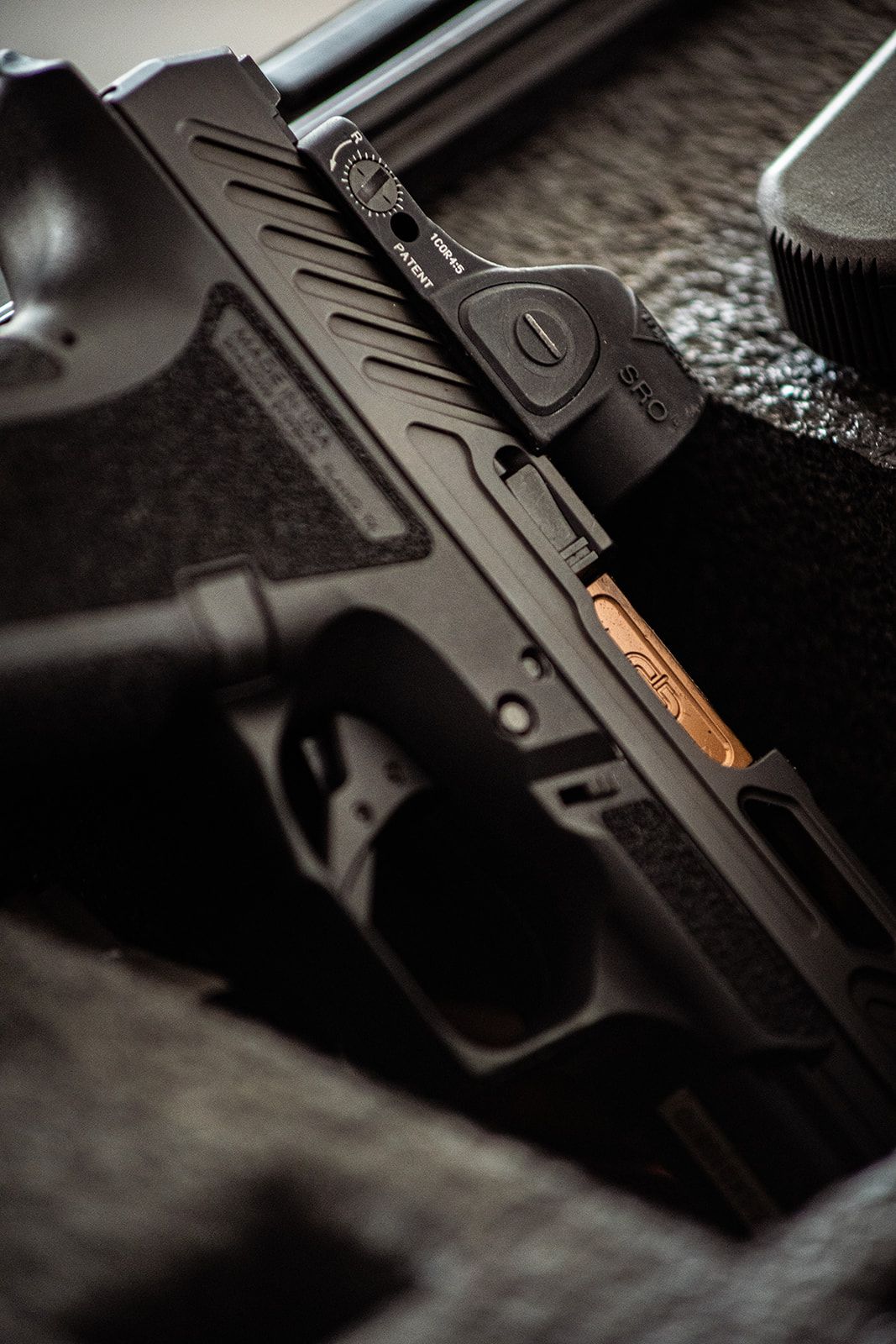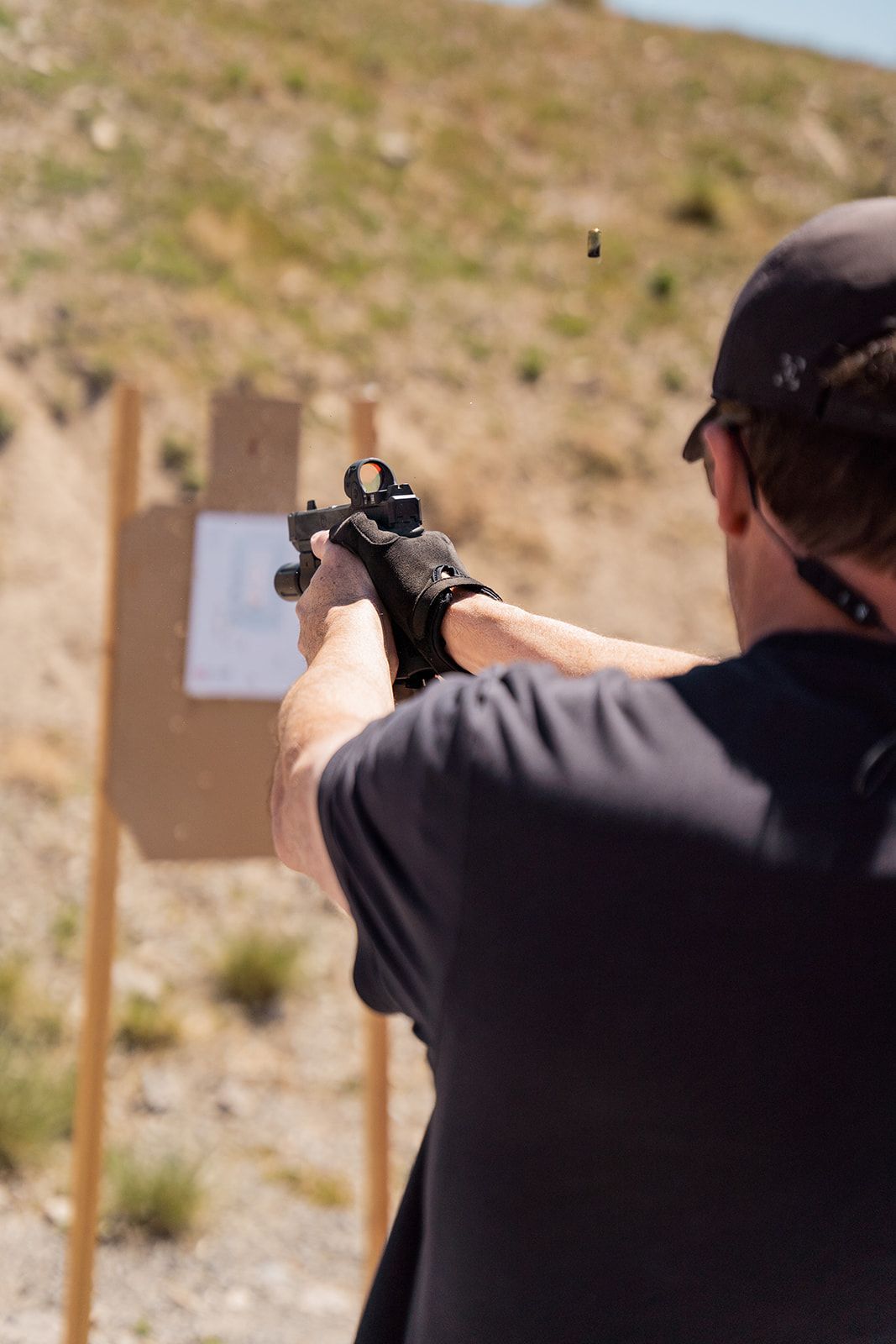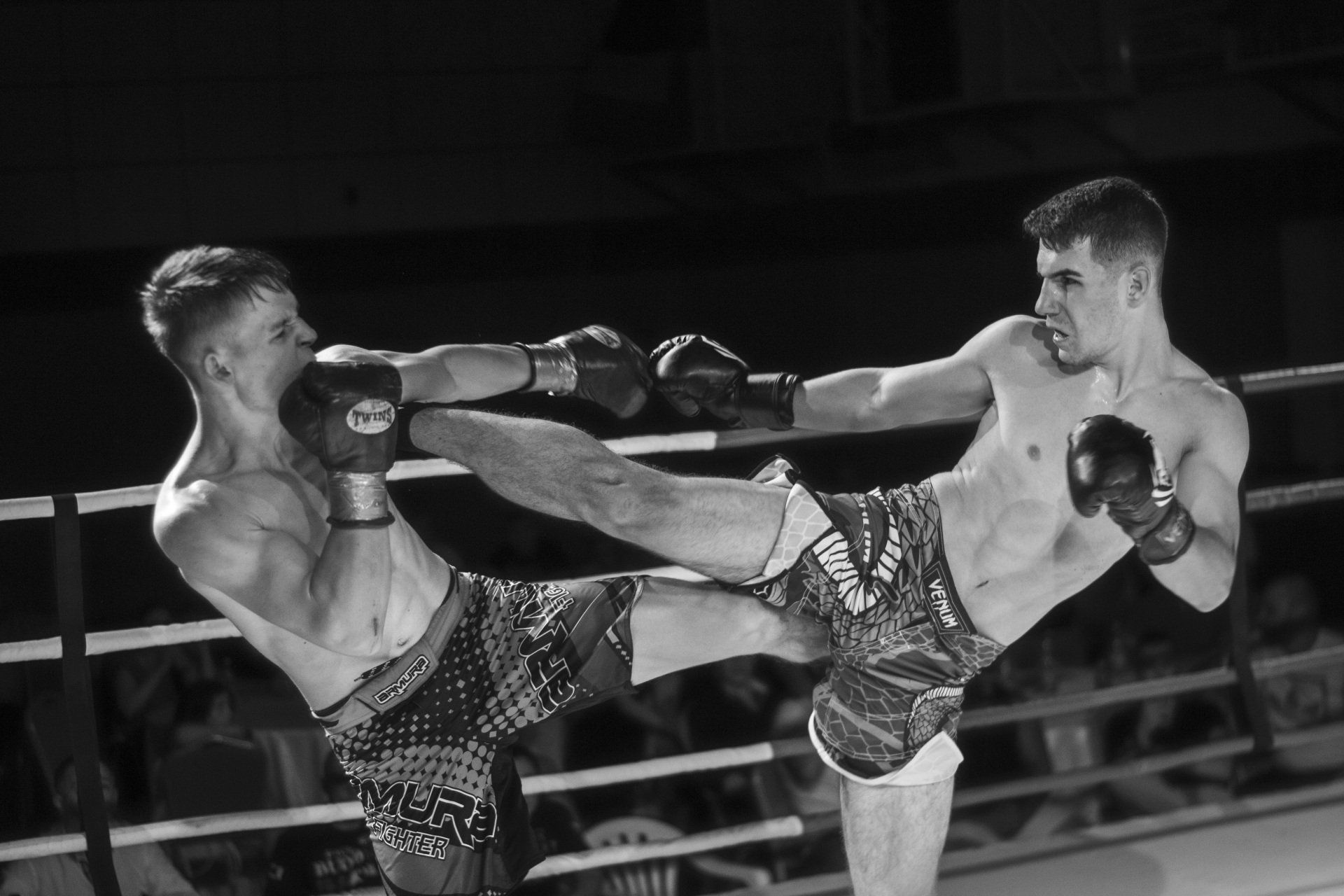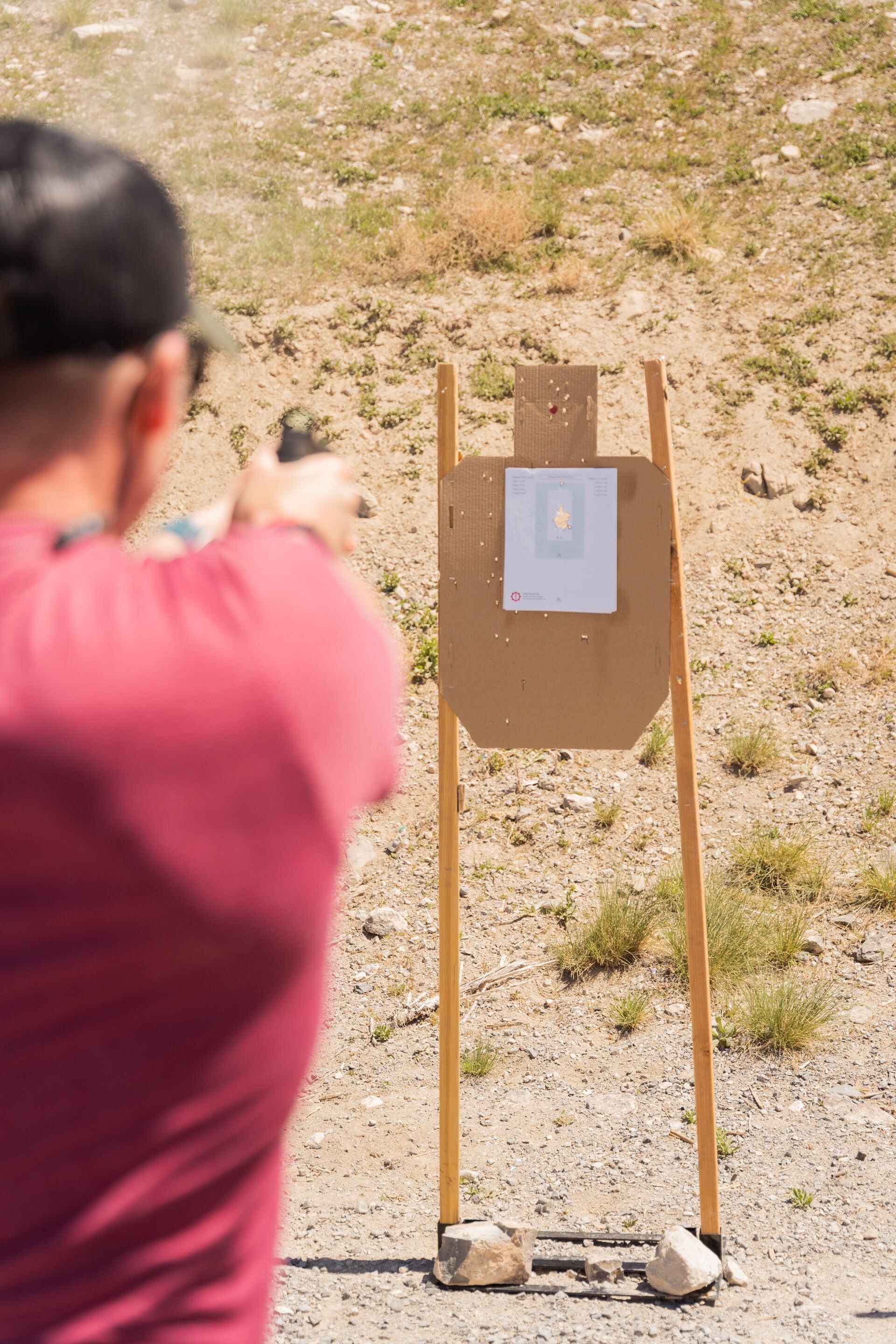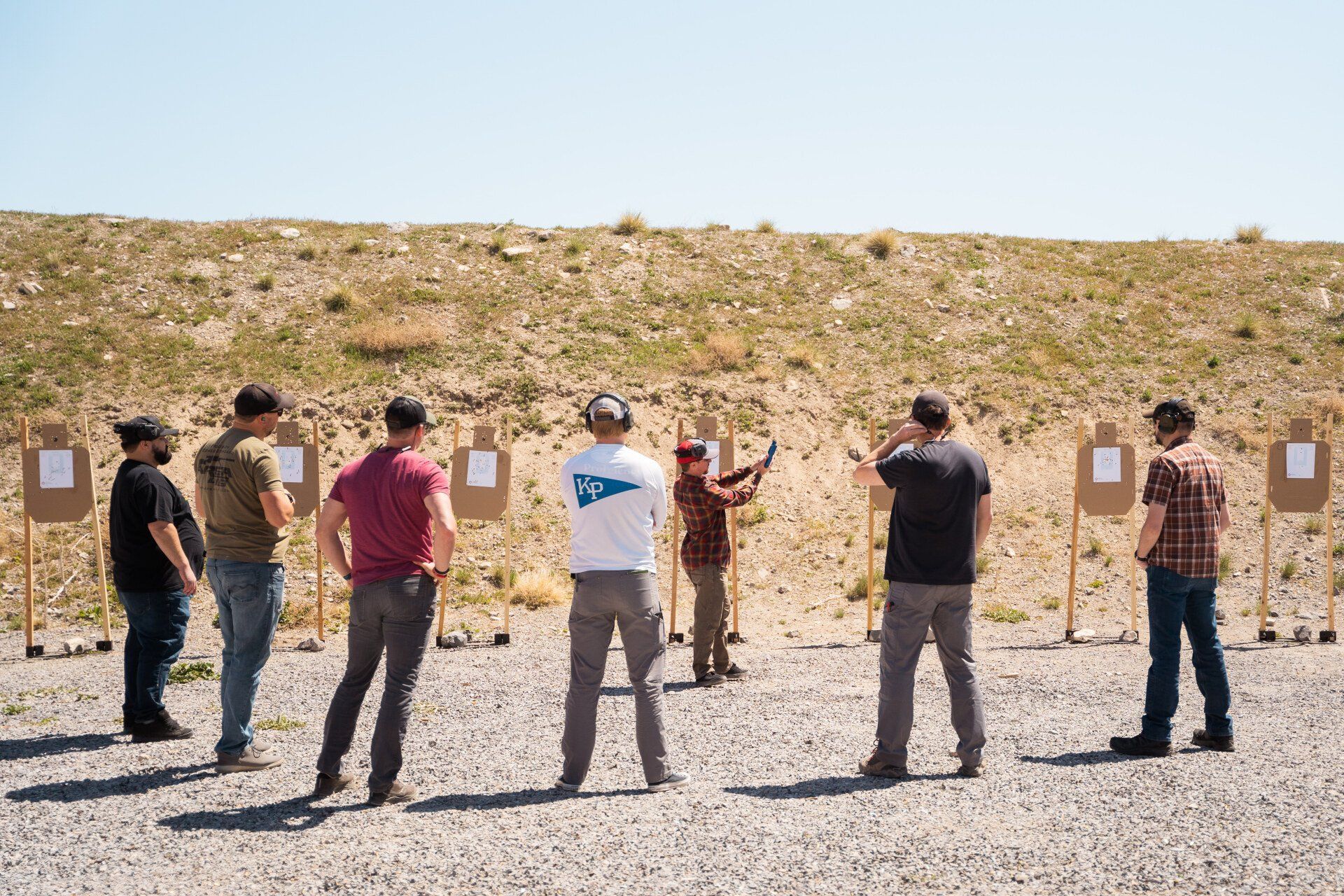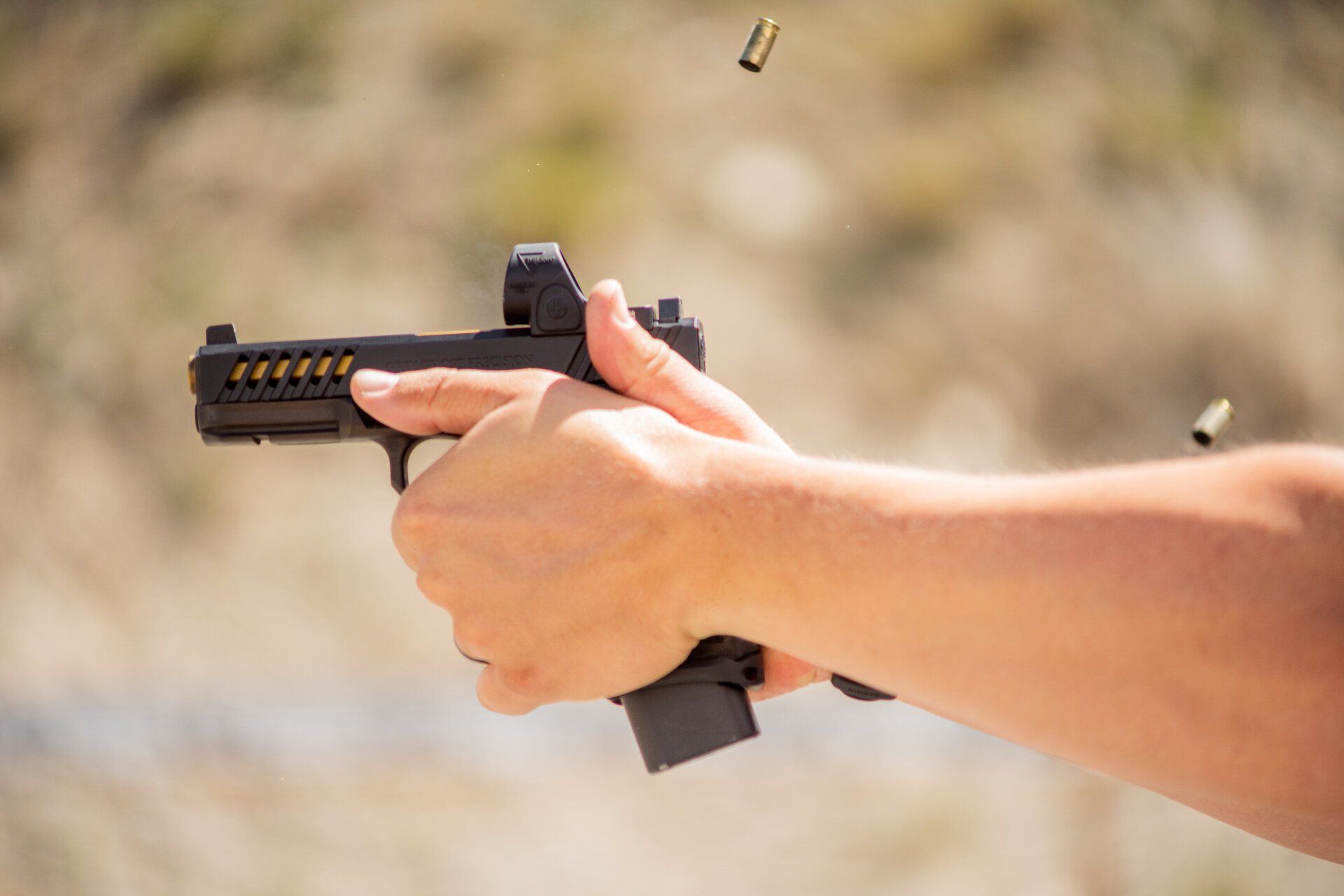Self-Defense versus Performance Training: Understanding the Key Differences
Scott Garcia
June 6, 2024
Why Understanding the Difference Matters!
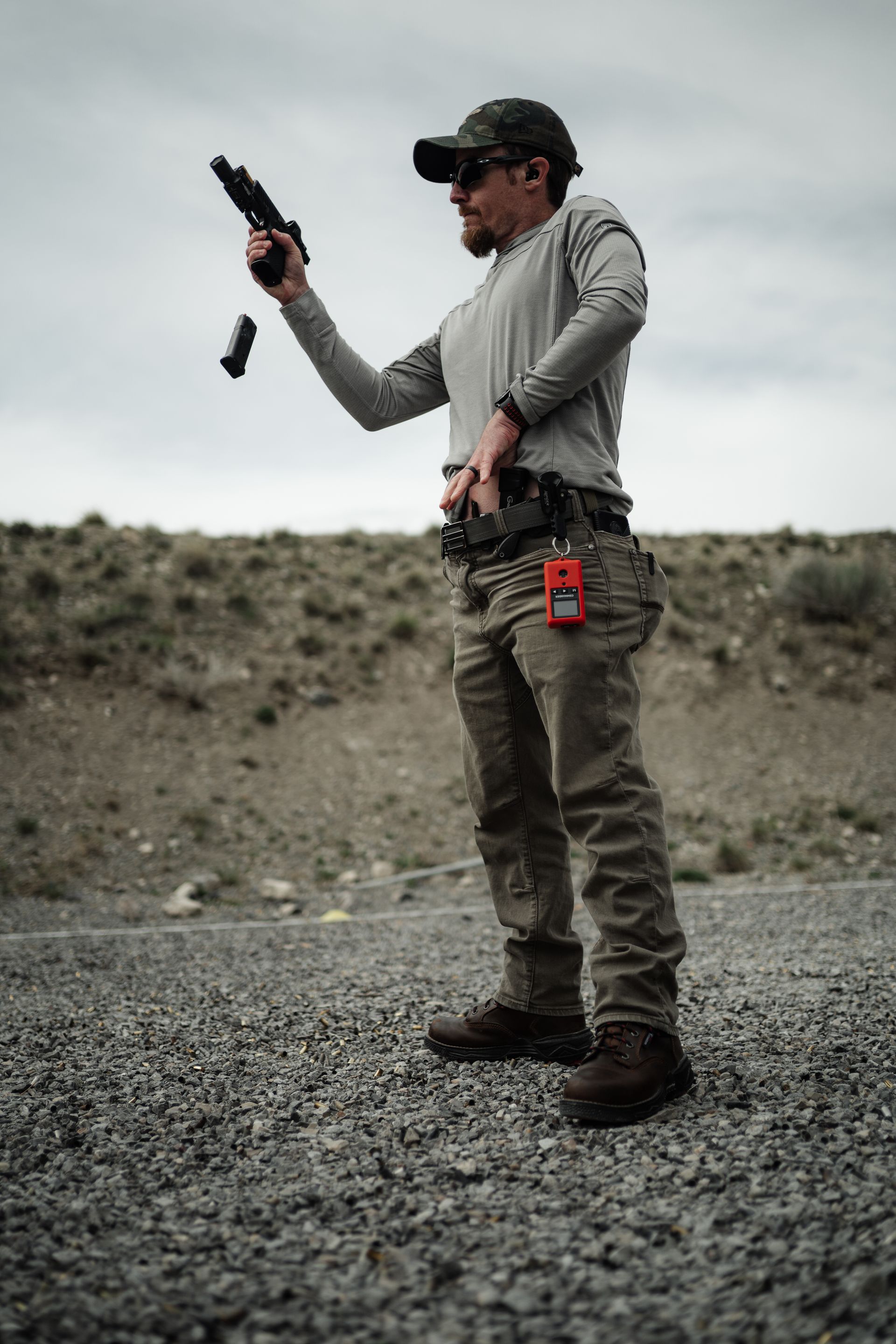
In the world of firearms training, two primary focuses often emerge: self-defense and performance training. While both aim to improve your skills with a handgun, their objectives and methods can differ significantly. Understanding these differences can help you tailor your training to meet your specific needs and goals.
Self-Defense Training
Objective: The primary goal of self-defense training is to prepare you for real-world scenarios where you might need to protect yourself or others. This type of training emphasizes practical skills and "tactics" that can be used in high-stress situations.
Key Aspects:
Situational Awareness: Being aware of your surroundings to identify potential threats.
Concealed Carry (CCW) Techniques: Effective methods for carrying and drawing your handgun in everyday situations.
Handgun Fundamentals: Mastery of basic skills such as grip, stance, and trigger control to ensure accuracy and reliability.
Stress Management: Techniques to remain calm and make sound decisions under pressure.
Legal Considerations: Understanding the laws and regulations surrounding the use of force and concealed carry.
Performance Training
Objective: Performance training focuses on improving your marksmanship and speed, often within the context of competitive shooting or personal benchmarks. This type of training emphasizes precision, efficiency, and consistency.
Key Aspects:
Advanced Handgun Training: Techniques to enhance accuracy, speed, and control.
Red Dot Focused Training*: Utilizing red dot sights for quicker target acquisition and improved accuracy.
*Although since the MRDS is becoming more main stream you will see it in both sectors.
Shooting Timed Drills: Repetitive exercises designed to build subconscious ability and improve overall performance by pushing the individual's personal performance.
Competition Preparation: Training to meet the demands of shooting sports, including transitions and reloads.
Data-Driven Improvement: Using feedback and analytics to track progress and identify areas for improvement.
Bridging the Gap
While self-defense and performance training have distinct focuses, they are not mutually exclusive. Integrating elements from both can lead to a more comprehensive skill set.
Practical Drills: Incorporate drills that simulate real-world scenarios while emphasizing accuracy and speed.
Balanced Training Regimen: Allocate time for both situational awareness and advanced marksmanship techniques.
Continuous Learning: Stay informed about the latest developments in both self-defense strategies and performance enhancements. Remember, proficiency with your handgun is a journey, not a destination. You should always seek to better yourself, no matter the level you are at.
Conclusion
Whether you're focused on self-defense, performance training, or a combination of both, the key is to remain committed to continuous improvement. Proficiency with your handgun is a life long journey, not a destination! Regular practice, ongoing training, and a balanced approach will ensure you are prepared for any situation.
For more information on our training programs and to explore how we can help you become proficient with your handgun, visit our training offerings. Stay safe, stay proficient.
Follow us on social media to see what we are all about!
